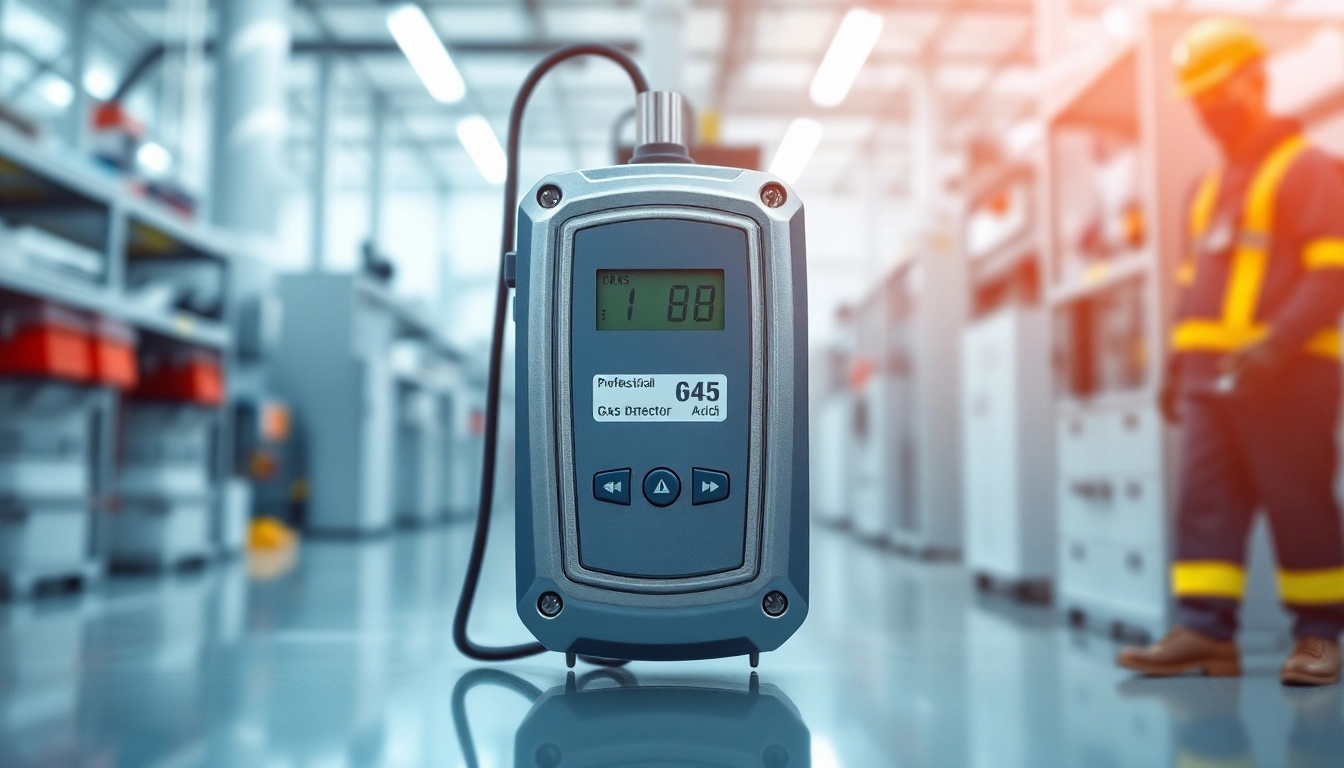Understanding Peracetic Acid and Its Risks
What is Peracetic Acid?
Peracetic acid, a colorless liquid with a potent odor similar to that of vinegar, is an organic peroxide that has gained prominence for its effectiveness as a disinfectant and sanitizer in various industrial applications. Often used in the food and beverage industries, it is particularly noted for its ability to eliminate bacteria, viruses, and fungi in both aqueous and non-aqueous environments. The compound is formed through the reaction of acetic acid and hydrogen peroxide, typically yielding a solution that is between 5% to 15% peracetic acid. Its strong oxidizing properties make it suitable for sterilization in pharmaceutical settings, wastewater treatment, and even in the production of biofuels.
While beneficial, it is crucial to understand that peracetic acid is also a hazardous substance. The vapors can be harmful if inhaled, and exposure to high concentrations can lead to serious health effects. Because of these risks, the use of a Peracetic Acid gas detector is essential for monitoring environments where this substance is present.
Health and Environmental Risks
The health risks associated with peracetic acid primarily arise from inhalation and skin contact. Short-term exposure to its vapors can cause respiratory irritation, leading to symptoms such as coughing, throat irritation, and shortness of breath. In severe cases, higher concentrations can provoke chemical burns and damage to the respiratory tract. Prolonged exposure may also result in chronic health issues affecting the lungs and skin, increasing the need for effective gas detection measures.
From an environmental perspective, peracetic acid is readily biodegradable; however, it can still pose risks if released in significant quantities. Its oxidative properties can lead to the degradation of other essential compounds in the environment, affecting aquatic ecosystems and soil health. Additionally, the by-products of its use in sanitation can sometimes include toxic substances, underscoring the necessity for controlled and monitored use.
Importance of Detection
Considering the health and environmental risks associated with peracetic acid, the importance of monitoring its concentration in the workplace cannot be overstated. Gas detectors serve as a vital line of defense, enabling early detection of leaks and preventing hazardous conditions. They can provide real-time data on the chemical’s concentration, ensuring compliance with occupational health and safety regulations. Moreover, integrating advanced gas detection technology can significantly enhance safety protocols in industries where peracetic acid is utilized, fostering a safer working environment.
Types of Peracetic Acid Gas Detectors
Electrochemical Sensors vs. Optical Sensors
When it comes to gas detection technology, the two primary types of sensors used for detecting peracetic acid are electrochemical sensors and optical sensors. Understanding the differences between these technologies is crucial for selecting the right type of detector for your specific application.
Electrochemical sensors function by measuring the current produced by a chemical reaction when the gas comes into contact with the sensor element. These sensors are known for their sensitivity and specificity to a wide range of gases, including peracetic acid. They are relatively inexpensive and offer rapid response times, making them suitable for many industrial applications.
On the other hand, optical sensors use infrared or ultraviolet light to identify gas concentrations. These sensors can detect specific gases, including peracetic acid, by analyzing the absorption spectra of the gas. Although often more expensive than electrochemical sensors, optical sensors provide the advantage of being less affected by temperature and humidity variations, resulting in improved reliability in challenging environments.
Portable vs. Fixed Detectors
Another key consideration in gas detection is whether to use portable or fixed detectors. Portable detectors are handheld devices designed for mobility, making them ideal for workers who need to move around frequently or conduct spot checks in various locations. These devices typically have a built-in display, allowing users to assess gas concentrations quickly and easily.
Fixed detectors, on the other hand, are integrated into the workplace’s infrastructure and are ideal for monitoring specific areas continuously. They provide ongoing surveillance and can trigger alarms when gas concentrations exceed preset thresholds. Choosing between portable and fixed detectors largely depends on your operational needs, workplace layout, and regulatory compliance requirements.
Choosing the Right Detector for Your Needs
Selecting the right peracetic acid gas detector requires careful consideration of several factors, including the specific operational environment, detection range, response time, and budget. Understanding your unique requirements is crucial in making an informed decision. Additionally, consulting with gas detection specialists can provide insights tailored to your facility and help optimize safety measures.
Installation and Maintenance Best Practices
Site Selection for Detectors
Proper installation of gas detectors is critical for ensuring their effectiveness. The location of the detectors plays a vital role in providing accurate readings. Detectors should be installed in areas where peracetic acid is likely to be present, such as near processes that involve its use or storage.
When selecting a site, consider ventilation patterns, as the gas will disperse based on airflow. Areas with stagnant air may require additional detectors to ensure coverage. Moreover, installing sensors at the appropriate height—usually around breathing level—can enhance effectiveness. Following the manufacturer’s guidelines and local regulations on installation protocols is essential for achieving optimal functionality.
Routine Maintenance and Calibration
Routine maintenance is essential for ensuring the reliability of gas detection systems. Regular checks and calibrations should be performed according to the manufacturer’s specifications. This ensures that the sensors function correctly and maintain their accuracy over time. Calibration helps to account for drift in readings, especially in challenging environments.
Maintenance checks should include inspecting sensor elements for damage, cleaning them, and checking their power sources. Implementing a maintenance log can assist in monitoring performance trends and the need for replacements or repairs.
Common Issues and Troubleshooting
Gas detectors can experience several common issues, including inadequate response times, false alarms, or complete failure to detect gases. Understanding these challenges and having a basic troubleshooting protocol can mitigate risks. For instance, frequent false alarms may indicate contaminants or sensor degradation, necessitating cleaning or replacement.
If a detector fails to respond, check power supplies, connections, and calibration settings. In the case of environmental factors impacting performance (e.g., extreme temperatures), consider relocating the device or investing in units designed for harsher conditions. Ensuring adequate staff training in responding to alarms is also crucial for maintaining safety.
Regulatory Standards and Compliance
OSHA Guidelines for Gas Detection
Occupational Safety and Health Administration (OSHA) guidelines mandate stringent regulations for the use of hazardous substances, including peracetic acid. OSHA emphasizes the necessity of risk assessments, ensuring that work environments are adequately monitored for airborne contaminants.
Employers are responsible for implementing effective gas detection systems that comply with these guidelines. Regular training and education are also required to ensure that employees understand the risks associated with peracetic acid and are familiar with safety protocols.
Industry-Specific Regulations
Various industries have specific regulations governing the use of peracetic acid. For instance, the food and beverage industry must adhere to regulations set by the Food and Drug Administration (FDA) regarding sanitization practices and chemical limits in food products. Similarly, the Environmental Protection Agency (EPA) monitors the environmental impact of chemical usage, including peracetic acid, necessitating compliance with safety and handling regulations.
Understanding and staying updated on these regulations is vital for any organization utilizing peracetic acid, as non-compliance can lead to penalties and heightened safety risks.
Documentation and Reporting Requirements
Accurate documentation and reporting are essential components of maintaining compliance with safety regulations. Organizations should keep detailed records of gas detector inspections, maintenance logs, calibration records, and safety training sessions. These documents not only demonstrate compliance but also showcase a company’s commitment to health and safety standards.
Additionally, in the event of an incident or exposure, having comprehensive reports can assist in identifying the cause and preventing future occurrences. Therefore, establishing a robust documentation protocol is imperative for any organization dealing with peracetic acid.
Future of Gas Detection Technology
Innovations in Gas Detection
The field of gas detection technology is rapidly evolving, with innovations aimed at improving accuracy, reliability, and ease of use. Emerging technologies include the integration of advanced algorithms that enhance sensor performance and improve readings in complex environments. Machine learning and artificial intelligence are also being explored to predict potential leak situations based on historical data.
New materials, such as nanomaterials, are being researched for their potential to enhance sensor sensitivity and responsiveness. These advancements promise to make gas detection more effective, particularly in demanding industrial settings.
Integration with Smart Technology
As the Internet of Things (IoT) continues to influence various industries, gas detection systems are also becoming smarter. Integration with smartphone applications and cloud-based systems allows for remote monitoring and real-time alerts, enabling quick response to hazardous situations. These innovative solutions facilitate centralized data management, providing valuable insights into gas levels and patterns over time.
Smart technology also enhances the capability for predictive maintenance, where systems automatically alert operators to potential issues before they escalate into emergencies, ultimately improving workplace safety.
Long-Term Trends in Safety Compliance
The focus on safety compliance is expected to intensify with stricter regulations and heightened awareness of industrial hazards. Organizations will increasingly prioritize sustainability and worker safety, driving investments in advanced detection technologies. This trend will also necessitate comprehensive training programs that emphasize safety protocols and emergency response strategies.
As technology continues to evolve, the adoption of gas detection systems will play a critical role in protecting employees and minimizing environmental impact, ensuring that organizations remain compliant and proactive in their safety efforts.









